How To Perform Newborn First Aid
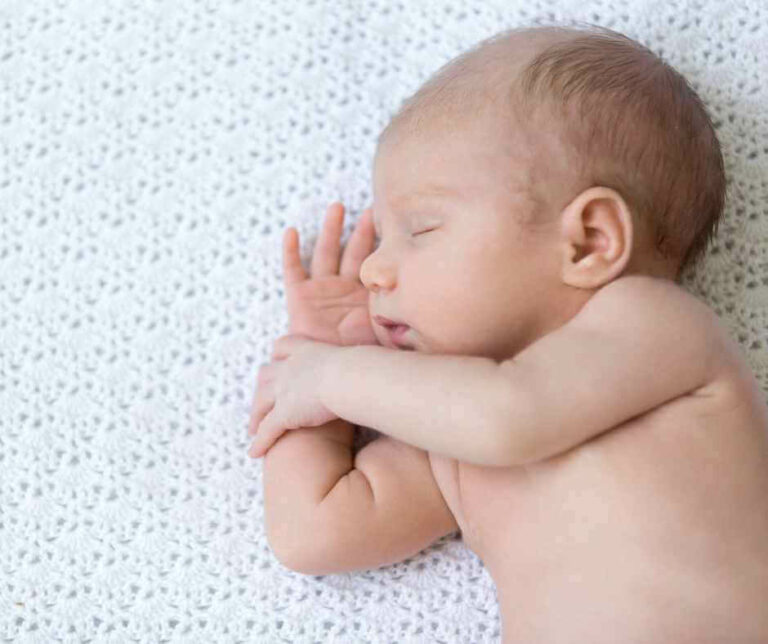
As a parent, you want to be prepared for any emergency situation when it comes to your newborn. That’s why it’s important to understand what first aid measures are necessary for a baby in an emergency.
In this blog post, we will discuss the basics of first aid for a newborn, including how to handle choking, burns, and head injuries. We will also cover what steps you should take if your baby is not breathing properly or has stopped breathing altogether. By understanding these basics of first aid for a newborn, you can be better prepared in case of an emergency.
Do I Need a Newborn First Aid Kit?
It is a good idea to invest in an appropriate first aid kit for a small child. Items may include:
- Bandages
- Band aids
- Arm sling
- Non-Adherent dressing
- Wound dressing
- Gauze Swabs
- Paper tape
- Burn gel
- Eyewash
- Cleansing wipe
- CPR Face shield
- Gloves
- Scissors
- Forceps
- Safety pins
Take a look at our baby first aid kits for your cabinet, Car or holiday!
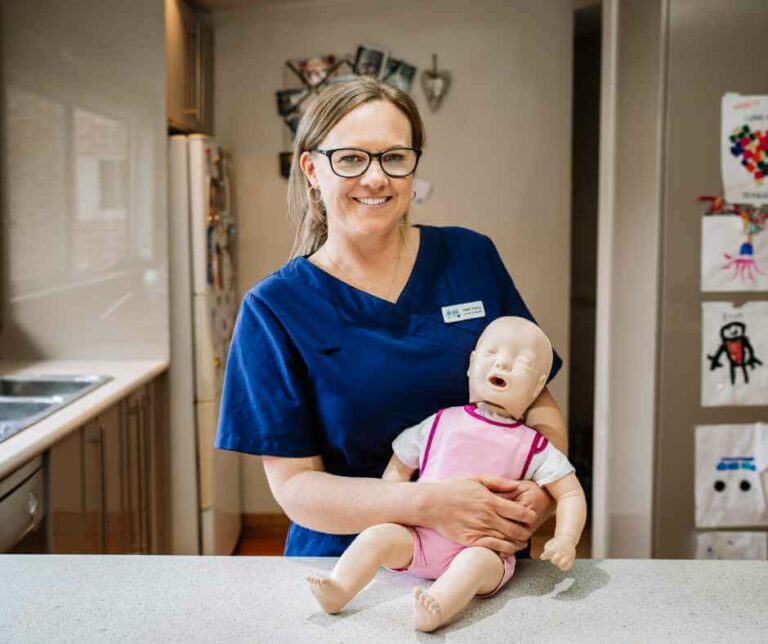
Is First Aid For a Newborn Different?
When it comes to first aid for a newborn, there are a few things to keep in mind. First and foremost, never shake a baby. This could cause serious injury or even death. When you handle a newborn, do so carefully and gently.
If a newborn is moved around with sudden jerky movements, the brain can hit against the side of the skull and cause a bleed.
Secondly, be careful when using any type of product on a newborn’s skin, as their skin is much thinner and more sensitive than an adult’s. Always test products on a small patch of skin first to make sure there is no reaction before applying them more broadly. When it comes to CPR, always call emergency services and begin chest compressions. For a full-term infant, compress the chest about 1/3 the depth of the infant’s chest with two fingers placed just below the nipple line. For a pre-term infant, use only one/two fingers to compress the chest at the same depth.
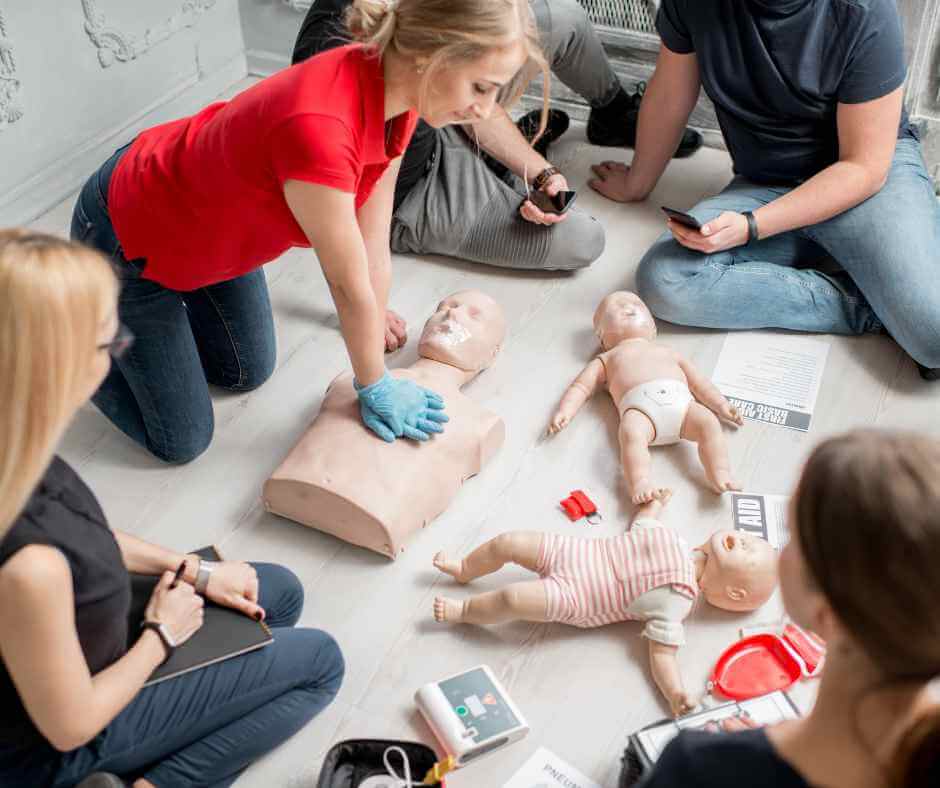
Fever in a small infant under 3 months should be treated as a medical emergency. Babies this young have limited revives to deal with viruses and bacteria, so they should be seen by a Dr as soon as possible as they can deteriorate quickly.
Is a Baby Just a Mini Adult?
It’s a common misconception that babies are just small adults, but there are some important differences to keep in mind.
For one, babies have much less developed immune systems, which makes them more susceptible to infection. They also have different nutritional needs and their bodies are still developing and growing. Additionally, babies have softer skulls and their brains are not yet fully protected by the skull, which means they’re more vulnerable to head injuries.
Is Fever In a Baby Dangerous?
Fever is a common symptom in babies and children, and usually isn’t anything to worry about. In most cases, a fever won’t cause any harm and will go away on its own. However, a high fever can be dangerous for young babies. If your baby has a fever, it’s important to monitor them closely and seek medical help if necessary.
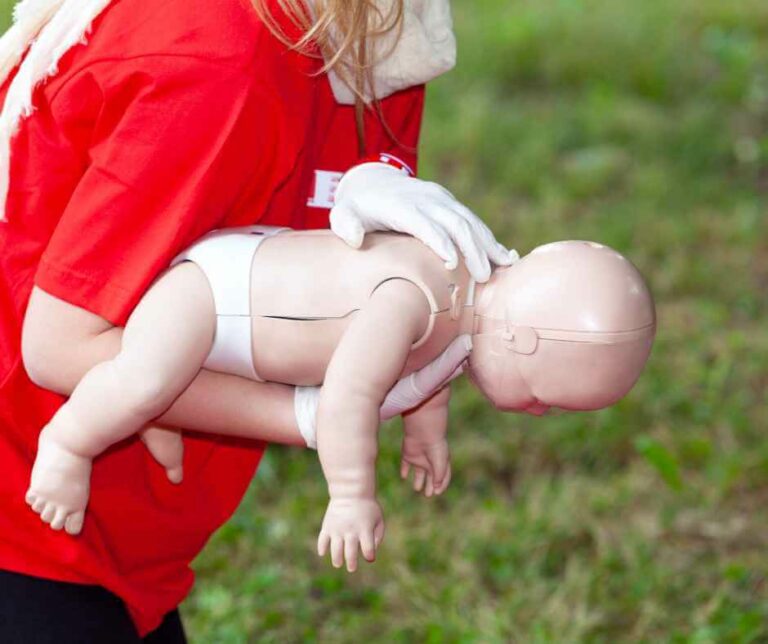
A fever is usually defined as a temperature of 37.6°C or above. This is because the normal body temperature for babies and children is lower than for adults. A raised temperature is often one of the first signs that your child is unwell.
Your young child could have a febrile conviulsion due to a sudden spike in their fevr. This can be frightening to see but they often make a full recovery. We talk more about that in our febrile convulsion article.
Fever can be caused by many different things, including infections, teething, vaccinations and illnesses such as colds or flu. In most cases, it’s nothing to worry about and will go away on its own within a few days. However, if your child has a high fever, it’s important to seek medical advice as this could be a sign of a more serious infection.
If your child has a fever, there are some simple things you can do to help relieve their symptoms:
- Give them plenty of fluids to prevent dehydration
- Dress them in light clothing
- Keep them cool with a damp sponge on their forehead
- Have a fan on in the room but not directly on them
- Give paracetamol or ibuprofen (but see below first!)
Give paracetamol or ibuprofen if necessary or appropriate, but remember this will bring down the temperature, which is the opposite of what the body is trying to do. When the body detects viruses or bacteria, it sends a message to the hypothalamus in the brain, to heat up the body!
This will help stop the virus and bacteria from multiplying. So by giving medication, we could be counteracting the body’s own defences.
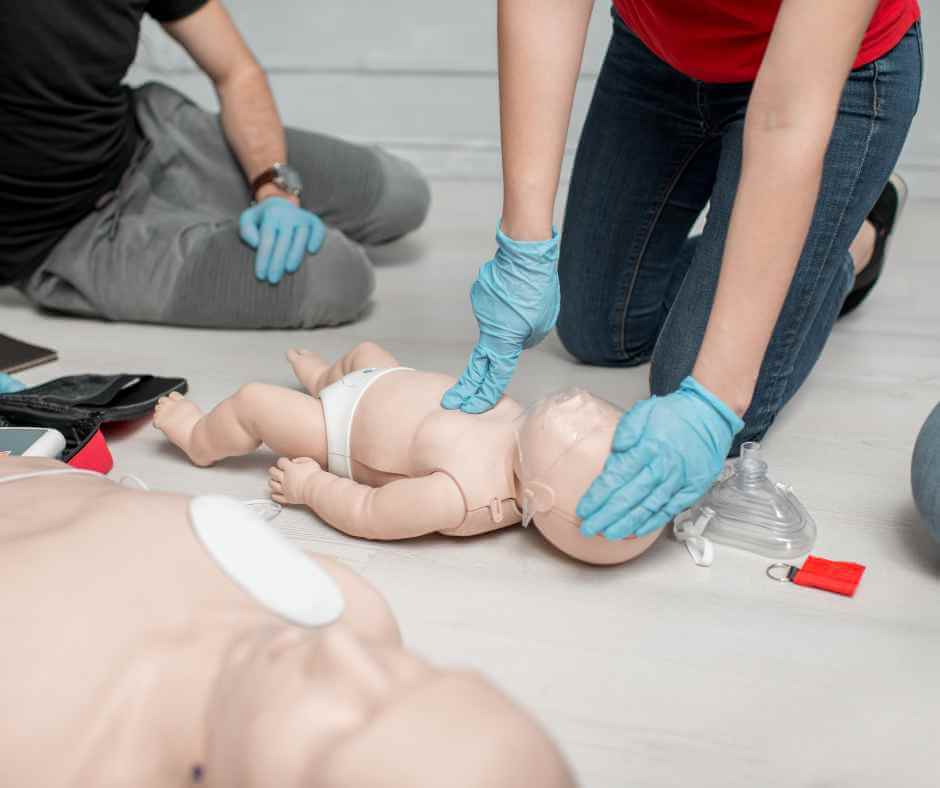
Why Does My Baby Vomit a Lot?
If your baby is vomiting often, it’s important to seek medical help. Vomiting can be a sign of a serious condition, such as an infection, but it can also be relatively normal for some small babies after a feed.
If your baby is vomiting and has diarrhoea, give them small sips of clear fluids, such as water or Hydrolyte. Avoid dairy products, sugary drinks, and juices. If your baby is breastfeeding, continue to breastfeed.
If your baby is vomiting and doesn’t have diarrhea, give them small sips of an electrolyte solution, such as Hydrolyte. You can also offer them breastmilk or formula if they’re able to keep it down. If your baby is older than 4-6 months, you can offer them solid foods that are easy to digest.
If your baby continues to vomit, seek medical attention right away.

My Baby Has Blood In It’s Poo? Is This Normal?
If you notice blood in your baby’s poo, it can be alarming. However, there is often a reassuring conclusion.
There are several reasons why your baby may have blood in their poo. One possibility is that they are simply straining to poop and the pressure has caused a small tear in the anus, which can bleed a little.
Another possibility is that they have an infection of the digestive tract, which can also cause bleeding. They may have a food intolerance, which can also cause blood in the poo, some abdominal discomfort and vomiting.
If you are concerned about the blood in your baby’s poo, you should consult with your pediatrician. They will likely perform some tests to rule out any serious causes and provide you with peace of mind.
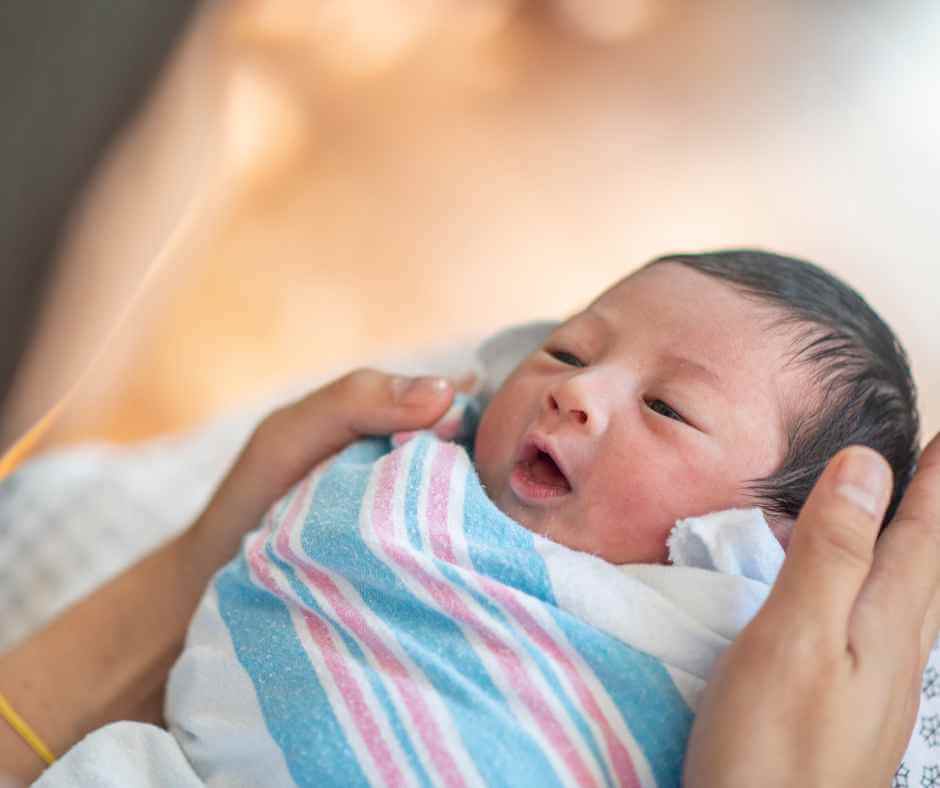
What If I Drop My Newborn?
If you drop your newborn, it is important to seek medical attention immediately.
Newborns are fragile and their bones are not fully developed, so they are at risk for serious injury if they are dropped.
If you are unable to take your newborn to the hospital right away, call emergency services and explain what happened.
Newborns who have been dropped may have internal bleeding, broken bones, or head injuries. It is important to get them to a medical professional as soon as possible so that they can be properly evaluated and treated.
What Are The Symptoms Of a Head Injury In a Newborn?
When a baby is born, the head is usually the largest part of the body. The head may be slightly misshapen due to the passage through the birth canal. This is normal and temporary.
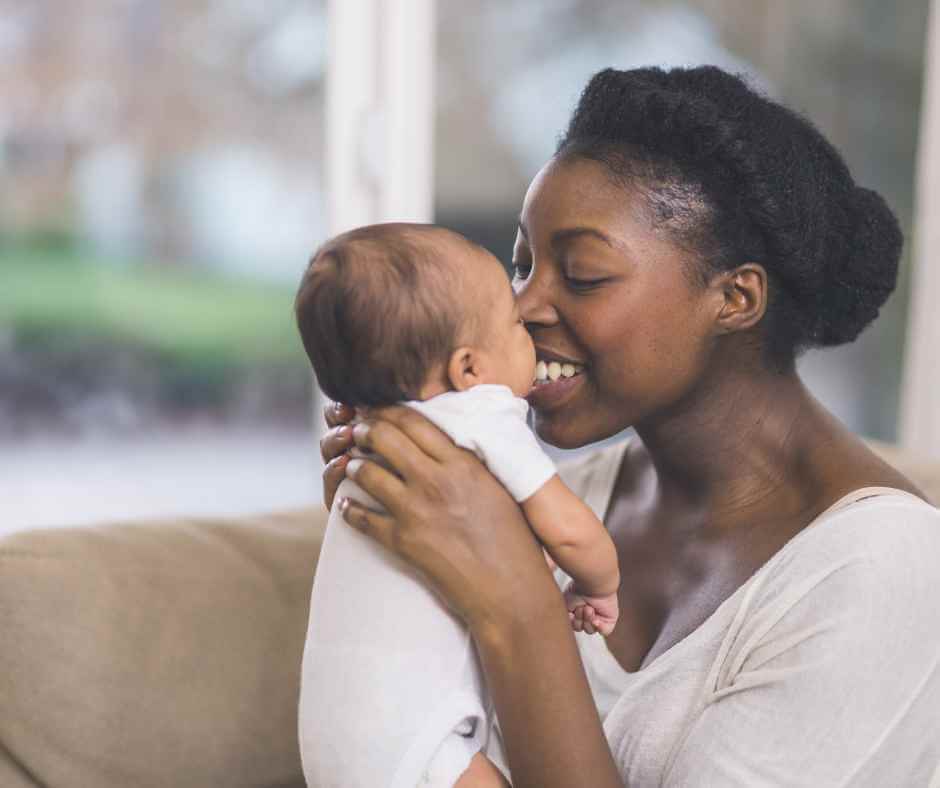
If a newborn sustained a head injury, there are a few signs that you need to watch closely for:
- Did they lose consciousness?
- Did they vomit?
- If so, did they vomit more than once?
- Were they drowsy?
- Do they don’t respond to your voice?
- Is there any memory loss? loss of orientation, time, place? Obviously, a very young child may not be able to answer those questions.
- Any visual disturbance? Blurred or double vision?
- Are the pupils the same size?
- Any weakness in the arms and legs?
- Did they have something stuck in their head or anything, causing any bleeding?
- Is there a large bump or a bruise?
- Did they ever seizure convulsion or fit?
- Any bleeding or discharge from the ear or the nose
- Poor coordination and clumsiness
- A persistent headache, that does not respond to paracetamol
- Difficulty swallowing or coughing
- Sensitivity to noise
- Slurred speech
If you notice over time that the head appears abnormally large or misshapen, it may be a sign of a condition called hydrocephalus. Hydrocephalus is an abnormal accumulation of cerebrospinal fluid in the cavities (ventricles) of the brain. It can cause the head to swell and become larger than normal.
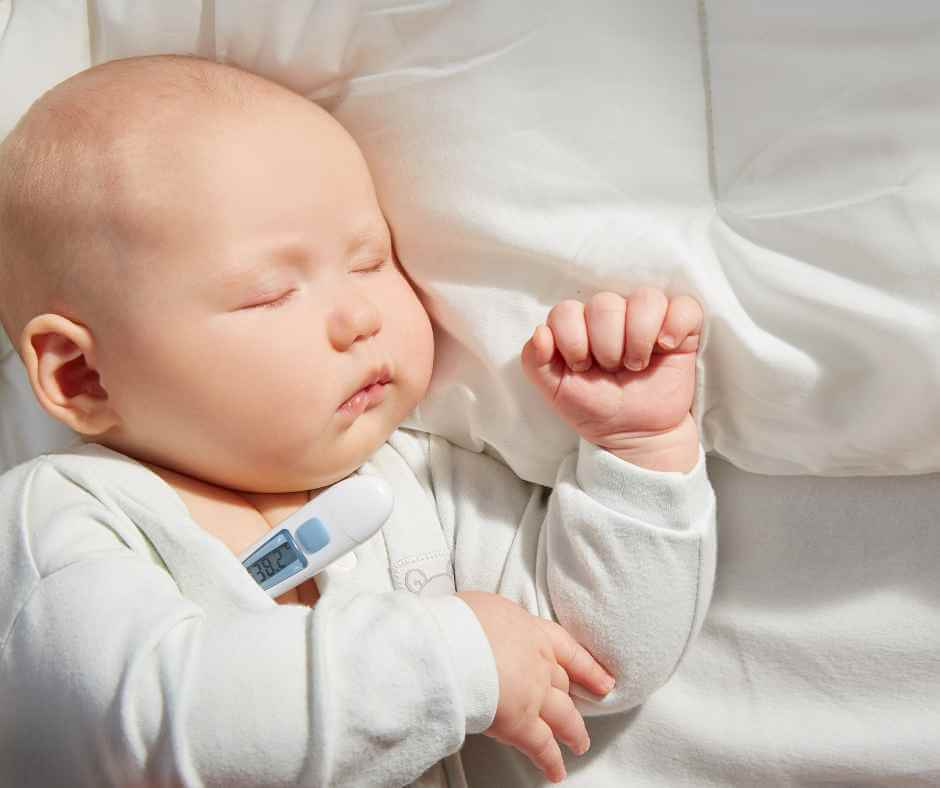
Other signs and symptoms of hydrocephalus in newborns include:
- A bulging fontanelle (the soft spot on the top of the head)
- Excessive sleepiness
- Irritability
- Seizures
- Vomiting
Can a Defibrillator Be Used On a Tiny Baby?
If your baby is unresponsive and not breathing, you will need to call emergency services and start CPR.
If you have a defibrillator, you can use it on a tiny baby, but make sure you follow the instructions on the defib and use the appropriate pads and make sure you listen to the defib’s recommendations as the baby may not need a shock.
Will I Hurt My Baby Doing CPR?
No, you will not hurt your baby doing CPR. Rib fractures can occur but they are rare in infants.
It may be sore afterwards, but it is preferable to the alternative.
The compressions you perform during CPR helps to keep blood and oxygen circulating to the brain and other vital organs. The chest compressions should be 1/3 depth of the chest and performed at a rate of about 100-120 per minute.
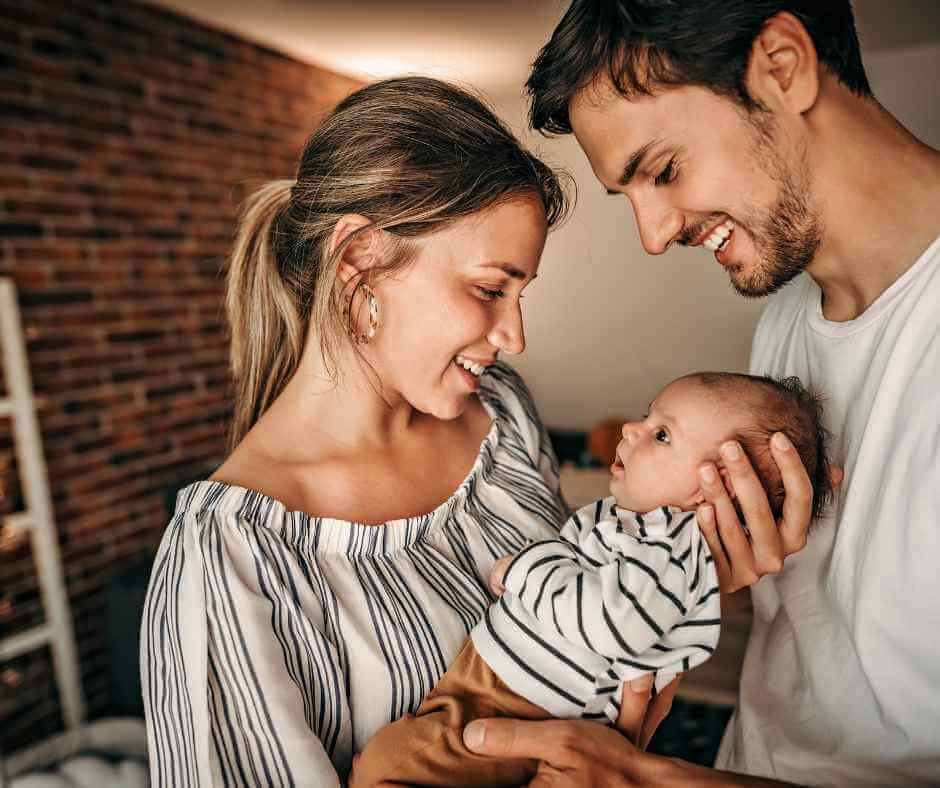
What Do I Do If My Baby Gets Sunburnt?
If your baby gets sunburnt, it’s important to act quickly. Here are some tips on how to treat a sunburnt baby:
- Immediately move your baby out of the sun and into a cool, shady area.
- Apply cool compresses to the sunburnt area. You can use a cool cloth or even a bag of frozen peas wrapped in a towel.
- Give your baby a lukewarm bath. Avoid using soap, which can further irritate the skin.
- Gently apply an unscented lotion or cream to the sunburnt area. This will help hydrate the skin and prevent further irritation.
How Do I Know If My Baby Is Drinking Enough?
It is important to make sure that your baby is getting enough fluids, especially in the first few weeks after birth. There are a few signs that you can look for to ensure that your baby is drinking enough:
- Look for frequent wet nappies. A newborn should have at least six wet nappies per day.
- Check the colour of your baby’s urine. It should be pale yellow or clear.
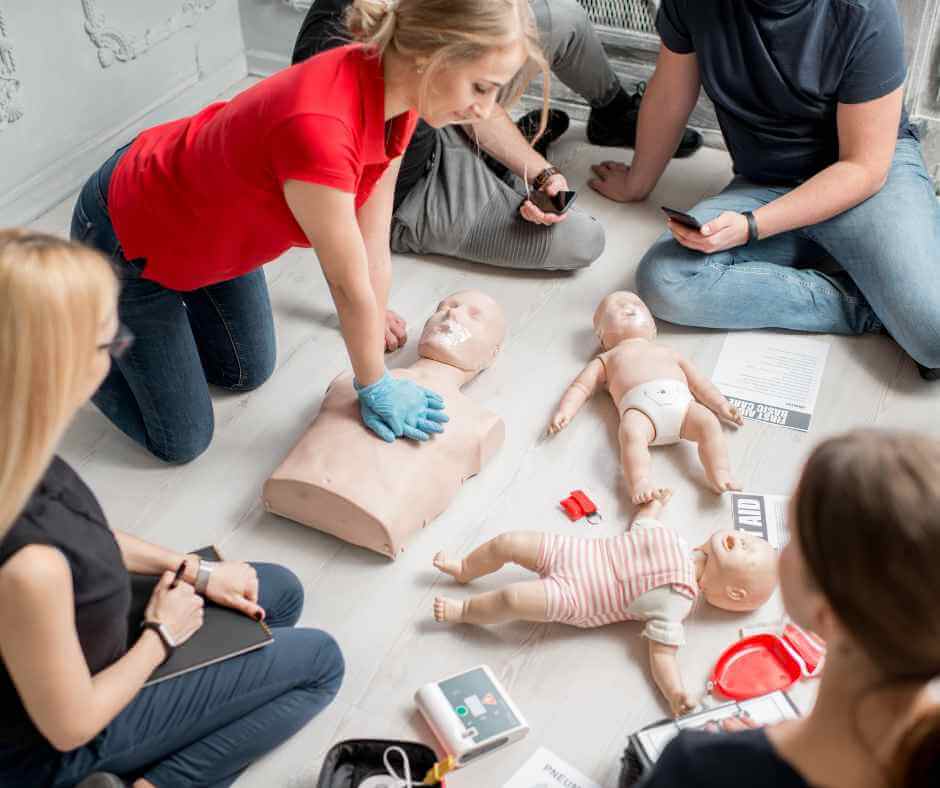
- Watch for signs of dehydration, such as dry mouth, sunken eyes, or decreased urination. If you notice any of these signs, be sure to contact your GP or pediatrician right away.
- If your baby is bottle fed it is easier to measure exactly how much they are drinking.
When Can My Baby Eat Solids?
It’s recommended that most babies start eating solids around 4-6 months old. But every baby is different and some may be ready a little earlier or later than others.
If your baby is younger than 4 months old, they’re probably not ready for solids yet. And if they’re older than 7 months, they might be ready to start trying some new foods.
Here are a few signs that your baby might be ready to start eating solids:
- They can sit up with minimal support.
- They have good head control and can hold it up on their own.
- They’re starting to reach for food or put things in their mouth.
- They seem interested in what you’re eating and watch you closely when you eat.
If you think your baby is ready to start solid foods, check out our guide here for recommendations on common allergy-causing foods.
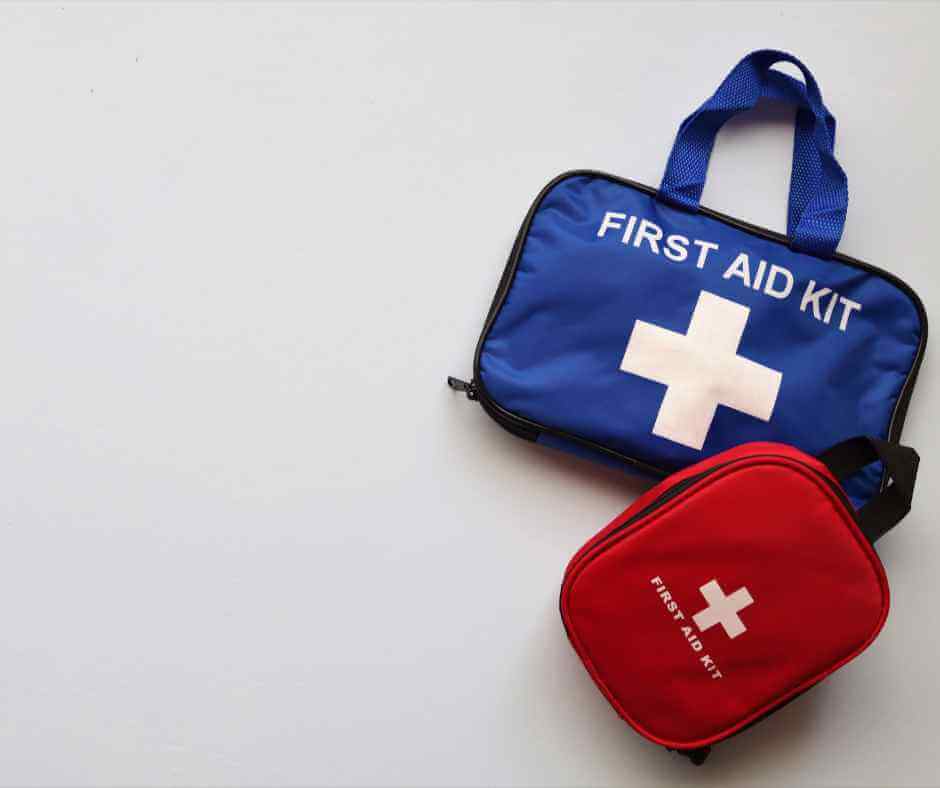
How Do I Know If My Baby Has An Allergy?
If you think your baby is having an allergic reaction, pay close attention to his or her symptoms. Allergic reactions can range from mild to severe, and they can happen right away or several hours after exposure to the allergen.
Mild to moderate symptoms
- Hives or welts
- Swelling of the lips, face or eyes
- Tingling mouth
- Abdominal pain or vomiting (this is a sign of anaphylaxis in insect allergy)
Symptoms of a severe allergic reaction (anaphylaxis)
- Swelling of the tongue or throat
- Tightness in the chest
- Wheezing
- Dizziness, lightheadedness or collapse
- Difficult or noisy breathing
- Wheeze or persistent cough
- Difficulty talking or a hoarse voice
- Pale and floppy (young children)
If your baby has any of these symptoms of anaphylaxis, call emergency services or take him or her to the nearest emergency department right away.
Anaphylaxis is a severe allergic reaction that can be life-threatening. Anaphylactic reactions usually happen quickly after exposure to the allergen.
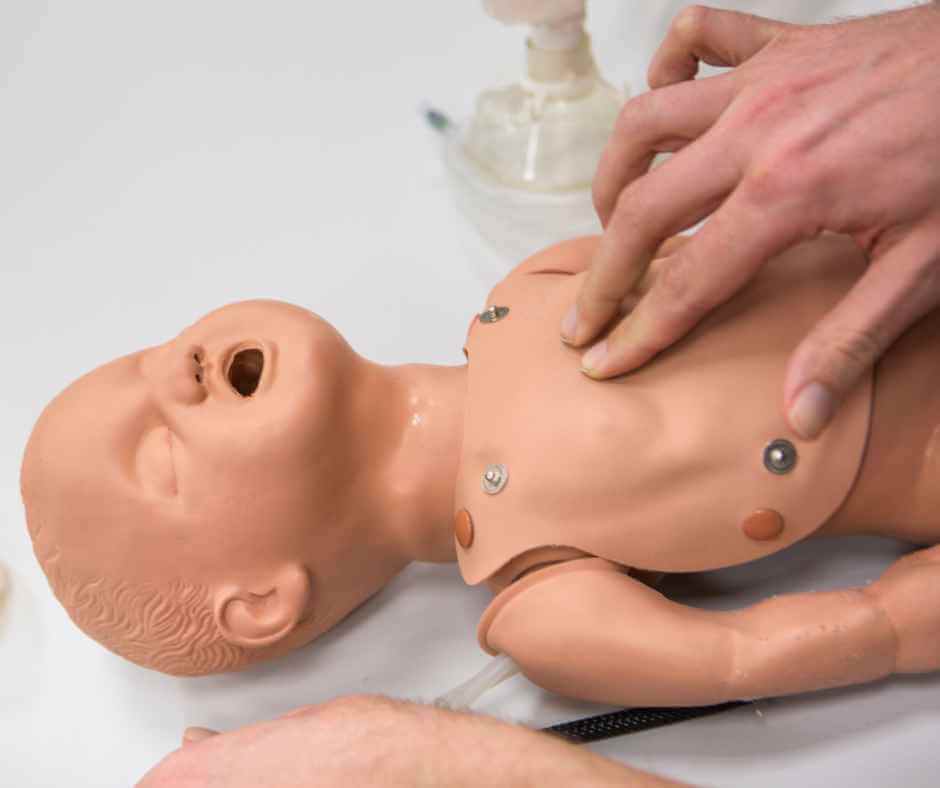
Want more? We’ve got you covered…
Our Baby First Aid Courses
Our baby first aid courses are available in person in your home and online. We run classes in your home with groups of 2, 4 or up to 10 in Sydney & Melbourne and you can book in 3 easy steps!
- Pick your class
- Follow the prompts to purchase
- We will contact you within 24 hours to lock in your date of choice
Our First Aid Certificate Courses
We run most of the popular first aid courses Australia wide. HLTAID011 Provide First Aid, HLTAID009 Provide CPR, HLTAID012 Provide First Aid in an Education & Care Setting, RAMOAP (anaphylaxis), Mental Health first aid and CPR/LVR to name a few.
Book your public spot online or contact us if you have a group of 5+ people for onsite training.
Here are some other resources you may enjoy!
FREE GUIDE: Your Virtual Baby First Aid Kit
FREE GUIDE: Introducing Common Allergy Foods & Allergic Reactions
FREE Workplace Emergency Preparedness Plan: Grab this at the bottom of every page!
Follow for baby & child first aid and allergy info and tips on Instagram & TikTok, all @thenestcpr
